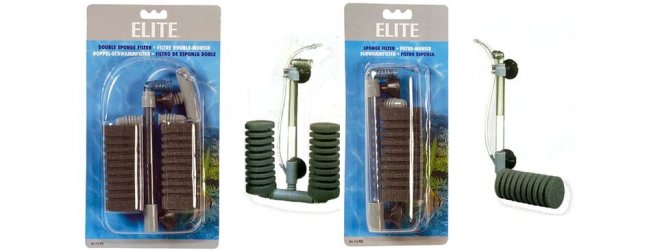Thanks for the replies. Currently I have about 10 one week old fry - mixture of platies and swordtails - in a 20 litre tank.
I want another tank for them to grow out in and happy for size suggestions. My partner isn't fishy so can't get a huge one as we don't have a lot of space in our apartment. Hence, I was looking at a two foot tank. I can get a new 2x1x1 tank for $40 which is good prices here. I think that's about 54 litres.
How long should I keep the newly born fry in the 20 litre before moving them to a larger tank? I was thinking about a month to six weeks?
Also, to cycle the new two foot tank I was thinking of putting the sponge filter into my current four foot community tank and letting it gather the essential bacteria. How long would it need to build up sufficient bacteria for a grow out tank? Would a month be enough?
For the new grow out tank would I need any substrate? There's currently small gravel in the new fry tank simply cause it was in there from last time I used it and I set it up again quickly when I decided to keep the fry.
Thanks for any help!!!
Sent from my D6503 using Tapatalk
The substrate is perhaps the most important part of an aquarium, moreso than the filter for its bacteria. I know some advocate bare bottom tanks for fry, but this is not a good idea. Small-grain gravel will be fine.
Run the sponge filter as you mention. I would be tempted to use a bacterial supplement in the new tank to help seed the nitrifying bacteria. Floating plants would be better yet, and the fry would appreciate the cover.
Get the largest tank you can manage. When space is at a premium, meaning fewer tanks than you might like, this will give you more options. More frequent water changes also assist fry growing faster and more healthy. Adding dried leaves such as oak, maple, beech also improves the growth and health of fry. The more water volume the fry have, the better, always.



